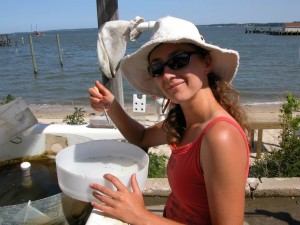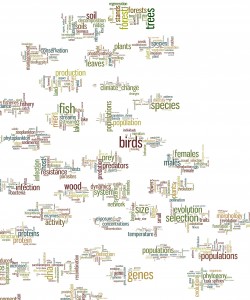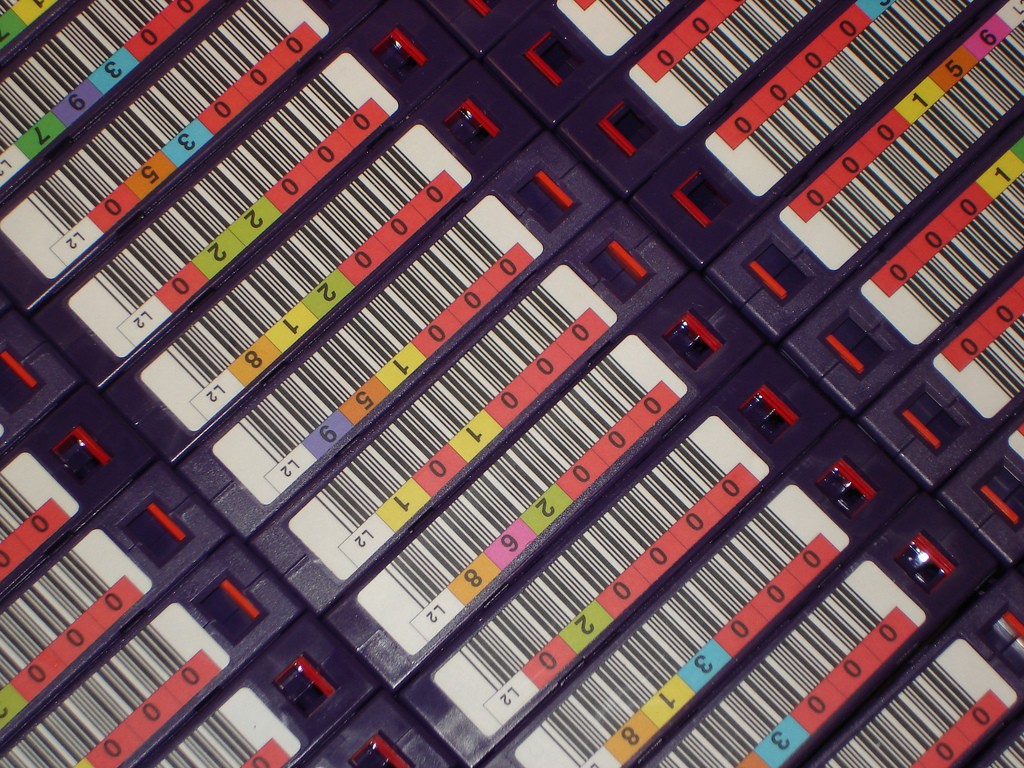Anthropogenic stressors are increasingly changing conditions in coastal areas and impacting important habitats. But, when multiple stressors act simultaneously, their effects on ecosystems become more difficult to project. Stressors from climate change, coastal development, and pollution are currently impacting coastal habitats, but understanding the interaction of these stressors is critical to knowing how vulnerable coastal habitats and the critical ecosystem functions they provide may be maintained or changed in the future. Seagrass bed and saltmarshes are two habitats that are vulnerable to stressors yet provide many things we humans value.
My research to date has shown that stressors can impact foundation plant species in predictable ways, but those impacts can vary with temporal and spatial scales. In addition, the composition and diversity of these communities varies but can buffer certain ecosystem properties against stressor impacts. Overall, in these habitats stressors can be context specific, non-interactive, and vary with spatial and temporal scales.
Rachael E. Blake




